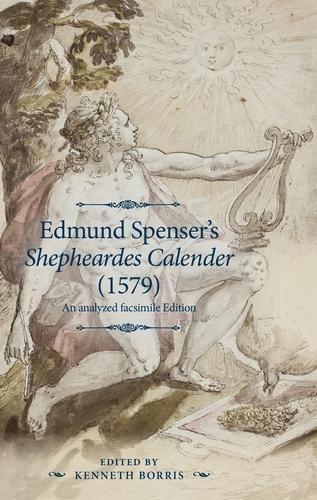Readings Newsletter
Become a Readings Member to make your shopping experience even easier.
Sign in or sign up for free!
You’re not far away from qualifying for FREE standard shipping within Australia
You’ve qualified for FREE standard shipping within Australia
The cart is loading…






Spenser’s extraordinary Shepheardes Calender as first printed in 1579 is arguably the seminal book of the Elizabethan literary renaissance. This volume reassesses it as a material text in relation to book history, and provides the first clearly detailed facsimile of the 1579 Calender available as a book. The editor reconsiders the original book’s development, production, design, and particular characteristics, and demonstrates both its correlations with diverse precursors in print and its significant departures. Numerous illustrations of archival sources facilitate comparison. By reinvestigating the 1579 Calender’s twelve pictures, he shows that Spenser himself probably designed them, that they involve complex symbolism, and that this book’s meaning is thus profoundly verbal-visual. An analyzed facsimile is an essential new resource for study of Spenser’s Calender, Spenser, Elizabethan print and poetics, and early modern English literary history. – .
$9.00 standard shipping within Australia
FREE standard shipping within Australia for orders over $100.00
Express & International shipping calculated at checkout
Spenser’s extraordinary Shepheardes Calender as first printed in 1579 is arguably the seminal book of the Elizabethan literary renaissance. This volume reassesses it as a material text in relation to book history, and provides the first clearly detailed facsimile of the 1579 Calender available as a book. The editor reconsiders the original book’s development, production, design, and particular characteristics, and demonstrates both its correlations with diverse precursors in print and its significant departures. Numerous illustrations of archival sources facilitate comparison. By reinvestigating the 1579 Calender’s twelve pictures, he shows that Spenser himself probably designed them, that they involve complex symbolism, and that this book’s meaning is thus profoundly verbal-visual. An analyzed facsimile is an essential new resource for study of Spenser’s Calender, Spenser, Elizabethan print and poetics, and early modern English literary history. – .